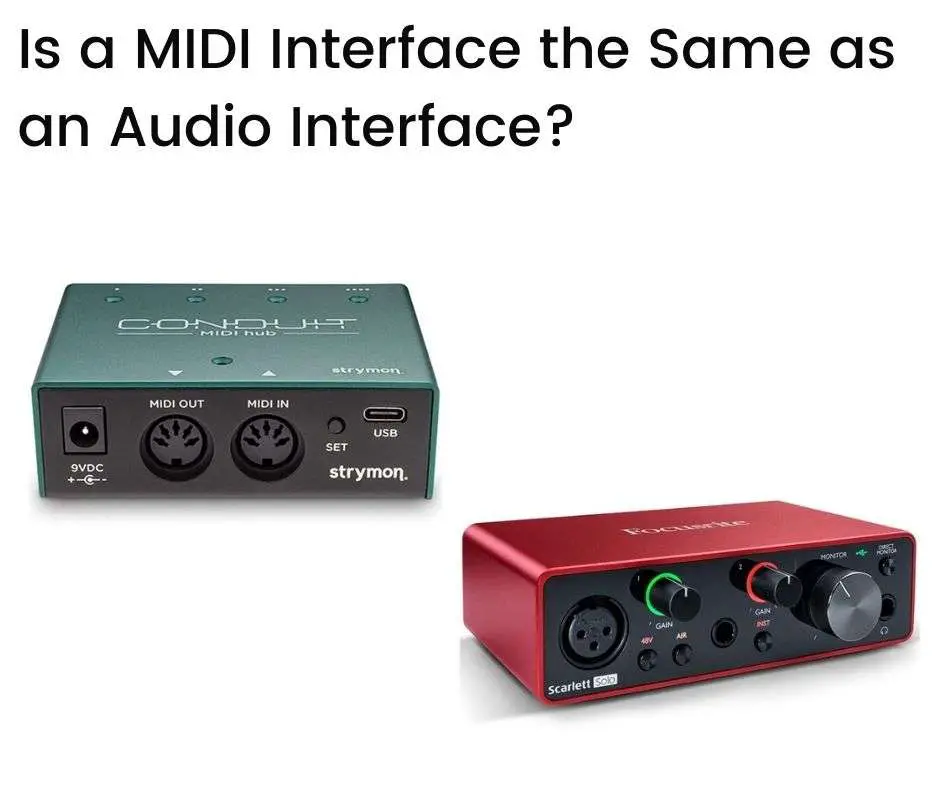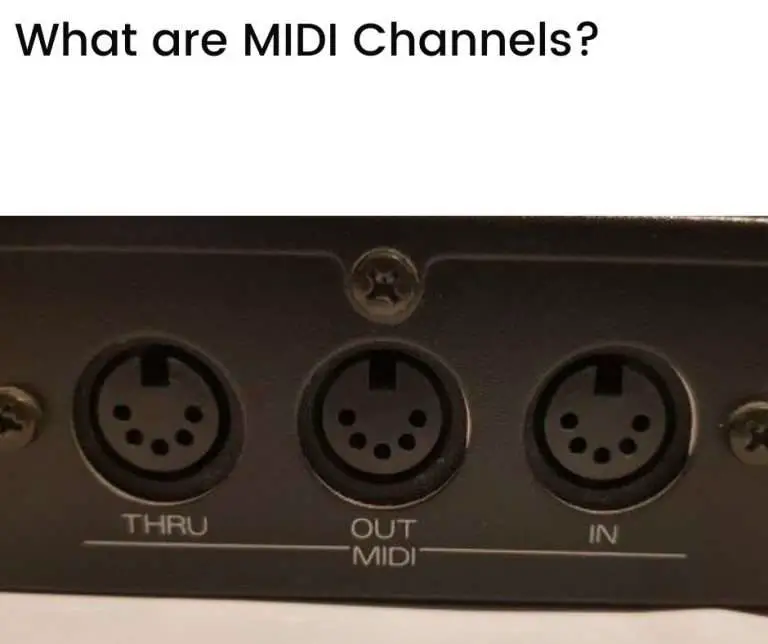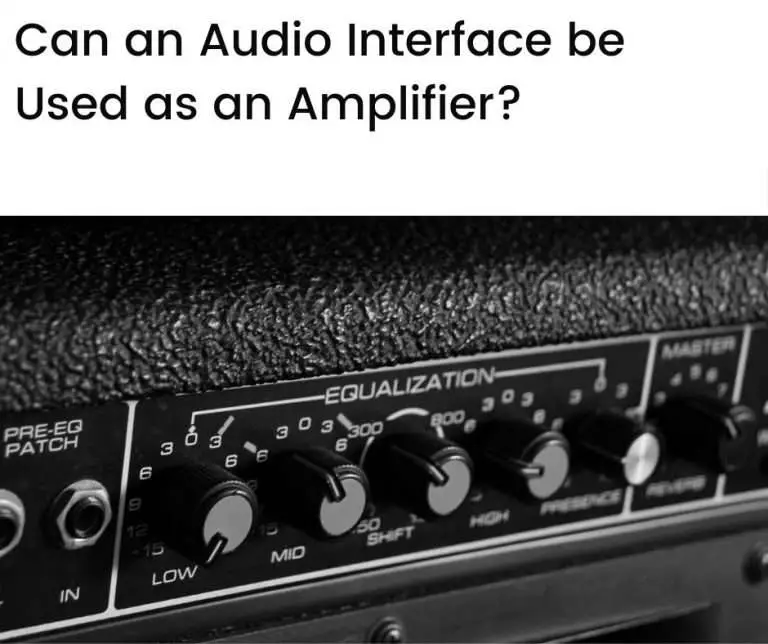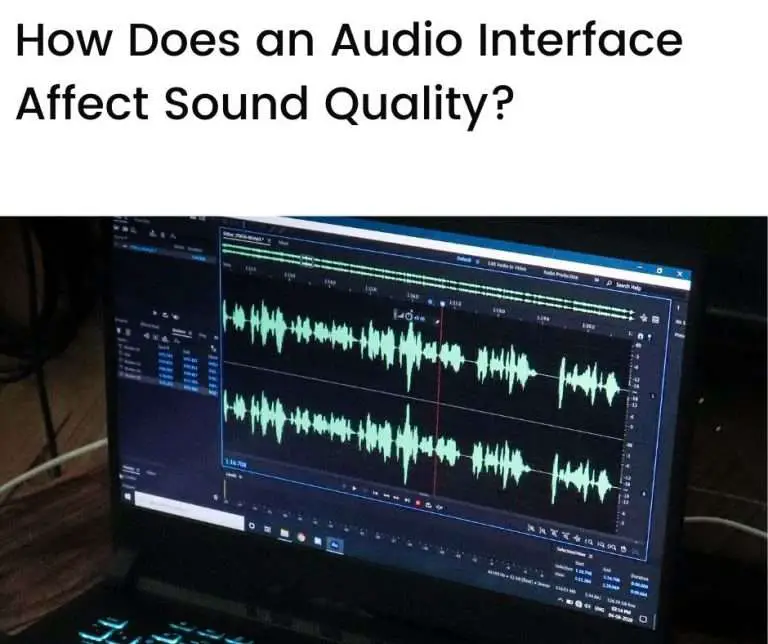MIDI interfaces and audio interfaces are not the same. MIDI interfaces are specialized devices that allow MIDI instruments to communicate with computers. Audio interfaces, on the other hand, perform a variety of tasks, including connecting multiple devices, performing analog-to-digital (and digital-to-analog) conversion, and pre-amplifying microphones. Audio interfaces may also include built-in MIDI interfaces. So, although MIDI interfaces are not the same as audio interfaces, an audio interface may include a MIDI interface within it.
In this article we’ll look at:
- What is the difference between a MIDI interface and an audio interface?
- MIDI data vs digital audio data
- When would you need a MIDI interface?
- Conclusion
- FAQs
What is the difference between a MIDI interface and an audio interface?
A MIDI interface is a device that performs a specialized task—it provides a MIDI data connection between a MIDI device (i.e., a MIDI instrument or controller) and a computer.
In contrast, an audio interface can perform a variety of tasks, including:
- Converting analog audio to digital audio, and digital audio back to analog audio
- Providing one or more inputs and outputs to connect electronic and musical devices
- Providing microphone pre-amps to boost the low-level input signals that come from microphones
- Providing phantom power to boost the signals from condenser microphones and allow connections through balanced audio cables
In addition, many audio interfaces contain built-in MIDI interfaces.
So, while a MIDI interface is a specialized device that’s essential for connecting computers and MIDI-enabled instruments, an audio interface is a device that performs a variety of tasks—including MIDI interfacing.
MIDI data vs digital audio data
MIDI, or Musical Instrument Digital Interface, is a communication standard for musical instruments.
It was developed in the 1980s and has since been widely used in the performing, recording, and arts industries.
MIDI data is digital and consists of instructions and performance notation about the musical notes played in a sequence of music, and also how they were played. It doesn’t contain any (actual) sound data.
MIDI musical data can only be “heard” when the data triggers MIDI-enabled electronic instruments (MIDI instruments) to play the musical notes that the MIDI data contains.
The same MIDI data can be used to trigger different MIDI instruments, creating different sounds, although playing only the musical notes (and other performance information) that the MIDI data contains.
Digital audio data, on the other hand, is a digital representation of actual sound waves. It’s created by converting analog sound (i.e., “normal” sounds that humans can hear) into a digital form using a process of analog-to-digital conversion (ADC).
Digital audio data, once recorded, is difficult to change—you can’t change the type of instrument that’s been recorded, for instance, but you can edit the sounds to some extent.
While both MIDI and digital audio are digital formats for capturing music, they clearly differ in fundamental ways. You can learn more about this by viewing this summary of the differences between MIDI and digital audio.
You can also view this article to see how MIDI data and audio data are recorded differently in digital audio workstation software.
When would you need a MIDI interface?
There are two situations when you would need a MIDI interface:
- When you want to communicate between your MIDI device and your computer, and if your MIDI device does not have a USB-MIDI connection
- When you want your computer (DAW) to control MIDI-enabled (hardware) devices that don’t connect directly to your computer
For instance, when you want to communicate directly between two or more MIDI instruments—a MIDI-enabled synthesizer and a MIDI-enabled drum module, you usually won’t need a MIDI interface. Each device would typically have its own MIDI ports that don’t require an interface.
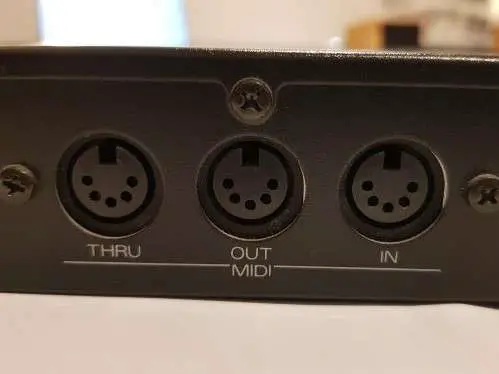
If your MIDI instrument doesn’t have a USB-MIDI connection (the first situation above), then without a MIDI interface you won’t be able to send MIDI data to, or receive MIDI data from, your computer.
If your MIDI instrument does have a USB-MIDI connection (i.e., it effectively has a built-in MIDI interface), then all you need to do is connect your device to your computer via a USB cable—the MIDI data will flow through that connection.
MIDI interface options
If you do need to use a MIDI interface, you have two options—you can use either a dedicated interface or you can use an interface that comes included with an audio interface.
The option you choose will depend on your circumstances and the equipment that you already own—the additional functionality offered by audio interfaces may be useful to you, or you may already own an audio interface that doesn’t have a built-in MIDI interface, in which case you’ll need to consider purchasing a dedicated MIDI interface.
Let’s look a bit closer at these two options.
MIDI interface—dedicated
A dedicated, or stand-alone, MIDI interface allows you to connect MIDI instruments to a computer through standard 5-pin MIDI cables.
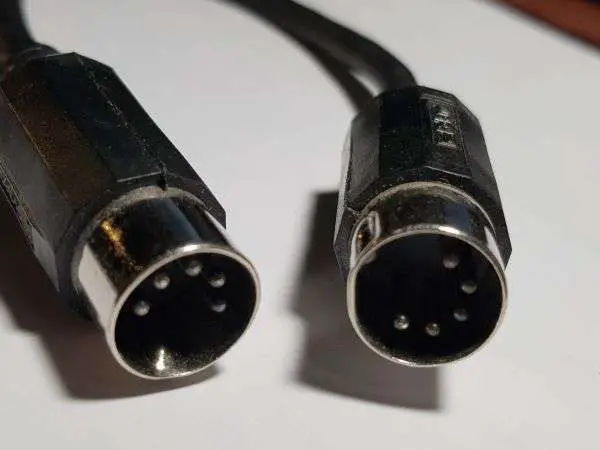
Dedicated MIDI interfaces come in a range of configurations, depending on:
- The number of included MIDI ports
- Sync facilities for working with dedicated digital multi-track recorders
- Power via USB or (AC) mains
You’ll need to consider which type of MIDI interface suits your needs.
The picture below shows a typical dedicated MIDI interface:

Many MIDI interfaces, such as the one shown above, include MIDI IN, OUT, and THRU ports. They would also include a way of connecting between the interface and your computer—usually a USB connection.
Standard MIDI cables allow only one-way communication. So, a typical MIDI setup would be:
- Connect your primary MIDI instrument’s MIDI OUT port to the interface’s MIDI IN port
- Connect your interface’s MIDI OUT port to your primary MIDI instrument’s MIDI IN port, or to the MIDI IN port of any other MIDI devices that you want your computer (DAW) to control
- Connect your interface’s MIDI THRU port to the MIDI IN ports of any other MIDI devices that you want to send information to from your primary MIDI instrument, as though the MIDI interface were not there
- Connect your interface to your computer (usually via a USB cable)
The MIDI THRU port, as the name suggests, allows you to send information from one device straight through another device (in this case, from your primary MIDI instrument straight through the MIDI interface), onto other devices (in this case, the other MIDI instrument that you wish to control).
The MIDI THRU port was popular in the early years of MIDI, before the wide use of fast and capable digital hardware and DAWs. MIDI THRU offered a practical way of controlling other devices—a process called daisy-chaining—without the latency issues associated with normal audio flows.
MIDI interface—included with audio interface
As mentioned, many audio interfaces include a built-in MIDI interface.
The picture below shows an example of the MIDI ports included in an audio interface:

In this case, the setup between your MIDI instrument and the audio interface would be similar to the stand-alone case.
The control of MIDI data would be handled by your audio interface, and you would likely need to set up your DAW to recognize the MIDI data coming from your audio interface.
Many built-in MIDI interfaces do not offer a MIDI THRU port, so if this is an important consideration, you may need to consider a stand-alone MIDI interface.
Conclusion
A MIDI interface is a specialized device for communicating MIDI data between a MIDI device (i.e., instrument or controller) and a computer.
An audio interface, on the other hand, does a variety of things including analog-to-digital (and digital-to-analog) conversion, microphone pre-amplification, phantom power provision for balanced mics and cables, and typically offers one or more input and output connections.
Audio interfaces may also offer built-in MIDI interfaces.
So, MIDI interfaces come either as stand-alone devices or included in an audio interface—which one you choose will depend on your circumstances and needs.
You’ll need to use a MIDI interface when:
- You want to communicate between your MIDI device and your computer, and your MIDI device does not have a USB-MIDI connection
- You want your computer (DAW) to control MIDI-enabled (hardware) devices that don’t connect directly to your computer
In most other situations, you may not need a MIDI interface at all.
Either way, a MIDI interface is not the same as an audio interface, but an audio interface may include a MIDI interface within it as a built-in feature.
FAQs
What is a MIDI interface?
A MIDI interface connects MIDI devices with a computer (that typically runs a digital audio workstation, a.k.a. DAW). MIDI interfaces provide the connection through which MIDI data is exchanged between the MIDI devices and the computer DAW. MIDI devices include MIDI instruments, such as MIDI keyboards and other types of MIDI controllers.
What is an audio interface?
An audio interface is a device that converts analog audio to digital audio (and vice-versa), provides connections between computers and audio devices (e.g., microphones, guitars, keyboards, and synthesizers), and usually includes microphone pre-amps to boost low-level microphone signals.
What is a MIDI interface vs audio interface?
A MIDI interface and an audio interface both connect devices with computers, but a MIDI interface connects MIDI devices (e.g., MIDI keyboard) and exchanges MIDI data, while an audio interface connects audio devices (e.g., guitar or microphone) and exchanges audio data (i.e., analog and digital audio, including analog-to-digital conversion and vice-versa).
What is a MIDI audio interface?
A MIDI audio interface is an audio interface that has a MIDI interface built-in. It can connect both MIDI and audio devices with computers and exchange MIDI data, analog audio, and digital audio between connected devices.
What is the Focusrite Scarlett range?
The Focusrite Scarlett range is a popular line of audio interfaces designed for home studio setups. They usually include a MIDI interface as well, offering high-quality audio and MIDI inputs/outputs, low latency, and a range of models to suit different needs and budgets.
How many MIDI inputs do audio interfaces have?
The number of MIDI inputs on audio interfaces can vary depending on the model. Some interfaces have one MIDI input, while others have two or more. Before purchasing an audio interface, you should check that it has enough MIDI inputs to accommodate your MIDI devices.

